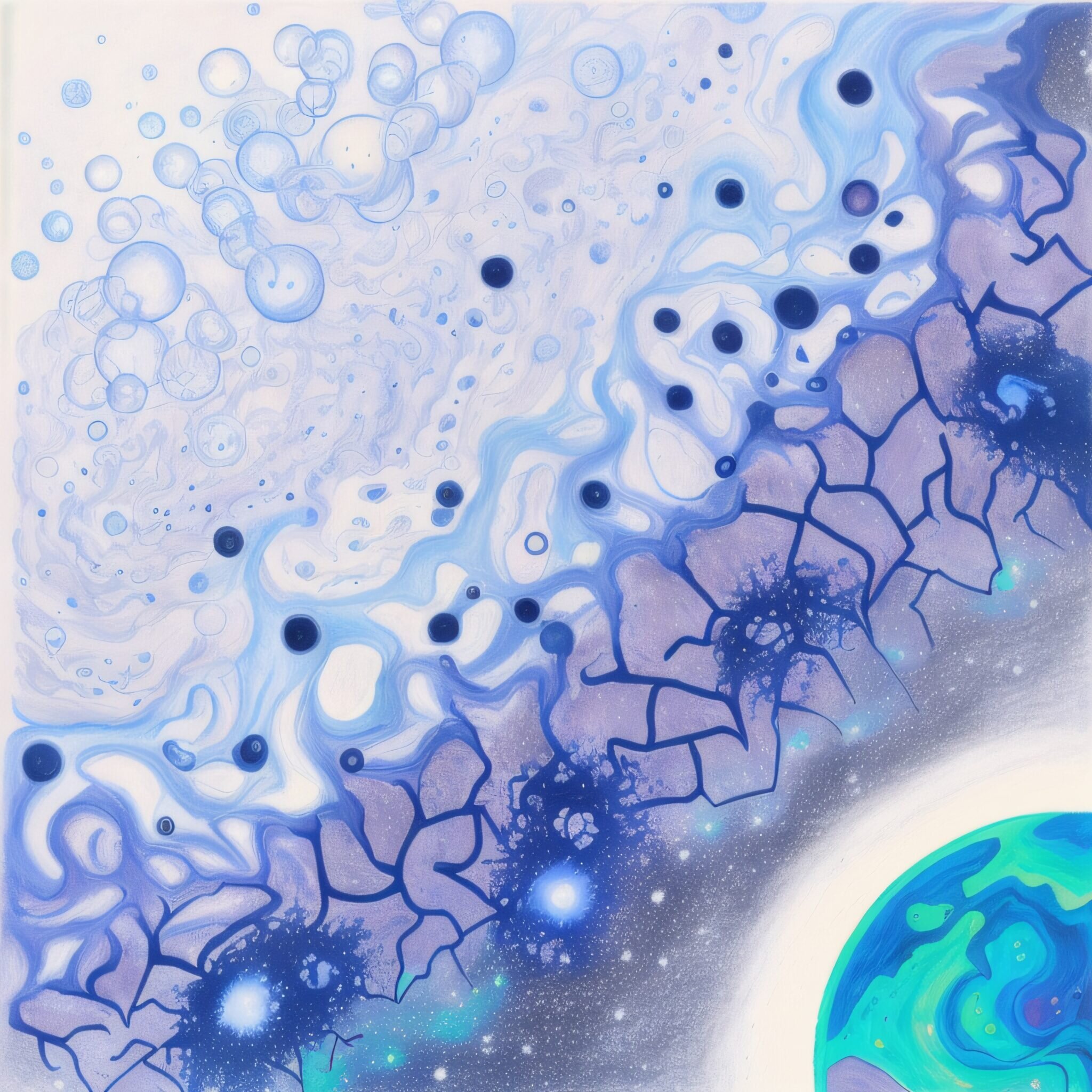As the universe evolves, scientists expect large cosmic structures to grow at a certain rate: dense regions such as galaxy clusters would grow denser, while the void of space would grow emptier.
But University of Michigan researchers have discovered that the rate at which these large structures grow is slower than predicted by Einstein’s Theory of General Relativity.
They also showed that as dark energy accelerates the universe’s global expansion, the suppression of the cosmic structure growth that the researchers see in their data is even more prominent than what the theory predicts. Their results are published in Physical Review Letters.
Galaxies are threaded throughout our universe like a giant cosmic spider web. Their distribution is not random. Instead, they tend to cluster together. In fact, the whole cosmic web started out as tiny clumps of matter in the early universe, which gradually grew into individual galaxies, and eventually galaxy clusters and filaments.
“Throughout the cosmic time, an initially small clump of mass attracts and accumulates more and more matter from its local region through gravitational interaction. As the region becomes denser and denser, it eventually collapses under its own gravity,” said Minh Nguyen, lead author of the study and postdoctoral research fellow in the U-M Department of Physics.
2023-09-11 22:48:03
Link from phys.org



















